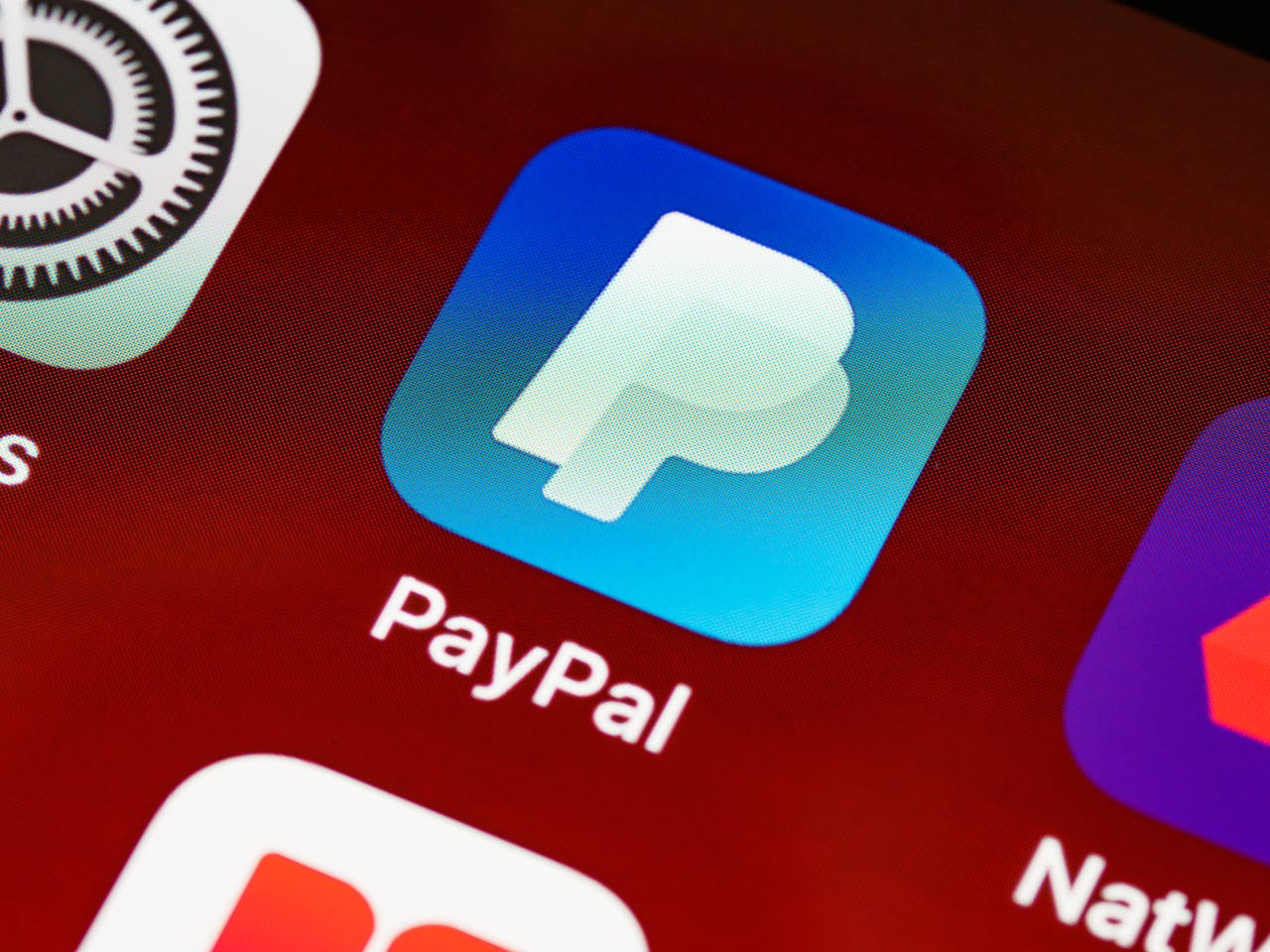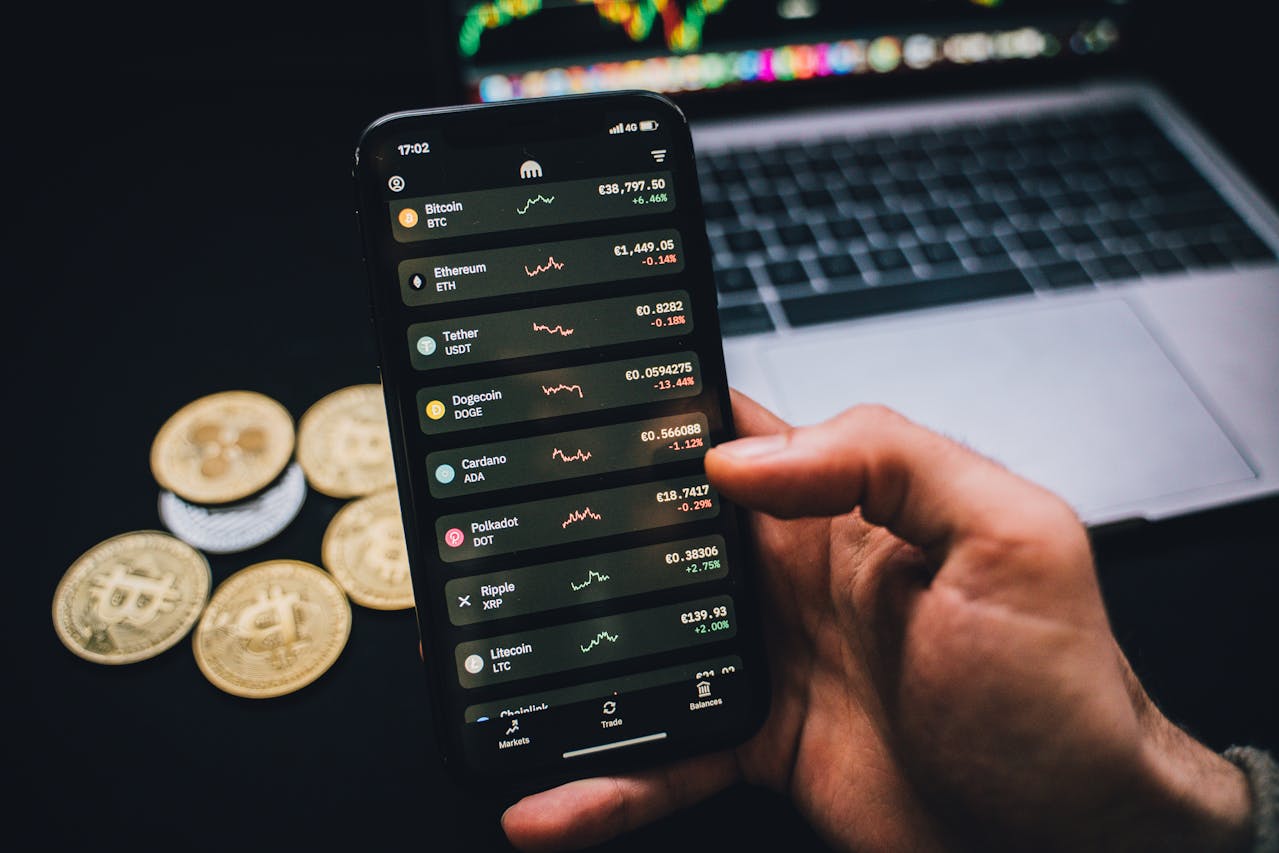Business
What will be the upcoming tech trends in 2017?
XaaS has lowered the cost required for startups and small businesses to take off.

Technology is used to fulfill a supporting role in business. Today, we see it as a growth driver in key areas such as sales and profitability. Technology is an enabler, allowing enterprises to reach markets more effectively.
With this functional shift, Chief Information Officers (CIOs) are well-positioned to lead big changes in their organizations. At the same time, they face the challenge of keeping up with technological advancements while promoting a culture of innovation in the company.
CIOs need to know which tools to prioritize. Thus, they should be aware of and make decisions after analyzing upcoming trends. Here are five examples of tech trends that will shape the IT landscape in the next 12 months.
Bots for business
Since Facebook launched the Messenger platform a year ago, the buzz surrounding chatbots has only gotten louder. The solution is easy to scale yet much cheaper than call centers. Companies can start conversations with their customers without the burden of high costs and the inefficiency of 1-800 numbers. They can deliver personalized messages, allowing for better customer experience (CX). Time for CIOs to figure out if their respective businesses need to invest in their own bot engine.
And yes, consumers deserve nothing less than interactive bots. Ones that will make them feel as if they’re talking to a friend. Ones that will order and send flowers on their behalf. Ones that will roll out a content menu based on their topics of interest. For now, these bots can respond to basic queries. Soon enough they will be trained to resolve issues and disputes that do not require human involvement. This trend is redefining communication as we know it.
Mixed reality (MR)
According to Deloitte, “MR represents the controlled collision of the augmented reality/virtual reality (AR/VR) and Internet of Things (IoT) trends.” Perhaps controlled is the operative word here, as MR helps create new environments that show seamless interactions between the virtual and real worlds. Imagine Tony Stark in the Iron Man Suit working with sensors and controls that appear in his field of vision. But instead of a filming location, the setting is the production floor or the field.
Although in the report, Deloitte was quick to point out that we are still creating AR/VR and IoT devices that are isolated from each other. Further, these mostly target gaming and entertainment users. We need to do the opposite if we are to realize the enterprise potential of VR.
Everything-as-a-Service (XaaS)
Online X-as-a-Service providers are revolutionizing business processes as they come. They offer cloud-based applications and services on demand, at a low cost, and through a fast sign up-and-go approach. Earliest examples include PayPal for payments processing and Amazon Web Services for cloud storage. X can be replaced with anything, such as transportation in transportation-as-a-service with Uber and Lyft as examples.

Uber is an example of a XaaS business model. (Source)
At a commercial level, XaaS has lowered the cost required for startups and small businesses to take off. It’s also gaining ground in the B2C space with the arrival of the likes of Instacart, a grocery delivery service provider.
Big data
Humanity is generating two and a half quintillion bytes (that’s 17 zeroes after 2.5) of data every day. We better use this magnanimous tool for our advancement. There are many innovative uses of big data in almost any industry. Big data in healthcare can help refine diagnosis and prescription. It’s also set to increase collaboration between providers and patients through the migration of medical records and interactions to the digital realm. In manufacturing, it can lower expenses and inventory. In retail, it can inform marketing, product design, and CX decisions.
Blockchain
The music, insurance, and finance industries, among others, are exploring the potential of this technology. Blockchain is about establishing an economy based on trust. Its main objectives are to secure assets, chronicle events, and verify identities. It allows people to transact with each other freely, eliminating the need for intermediaries like bankers, brokers, and lawyers.
But unlike disruptive technologies, it doesn’t lower cost or take down a traditional system immediately. It is, however, foundational in that it has the potential to “create new foundations for our economic and social systems.” In this case, the impact will be enormous, according to the Harvard Business Review. So we have to give it more time.
—
DISCLAIMER: This article expresses my own ideas and opinions. Any information I have shared are from sources that I believe to be reliable and accurate. I did not receive any financial compensation in writing this post, nor do I own any shares in any company I’ve mentioned. I encourage any reader to do their own diligent research first before making any investment decisions.

-

 Business2 weeks ago
Business2 weeks agoLegal Process for Dividing Real Estate Inheritance
-

 Fintech12 hours ago
Fintech12 hours agoJPMorgan’s Data Fees Shake Fintech: PayPal Takes a Hit
-

 Fintech1 week ago
Fintech1 week agoPUMP ICO Raises Eyebrows: Cash Grab or Meme Coin Meltdown?
-

 Africa3 days ago
Africa3 days agoSurging Expenditures Widen Morocco’s Budget Deficit Despite Revenue Growth

























You must be logged in to post a comment Login